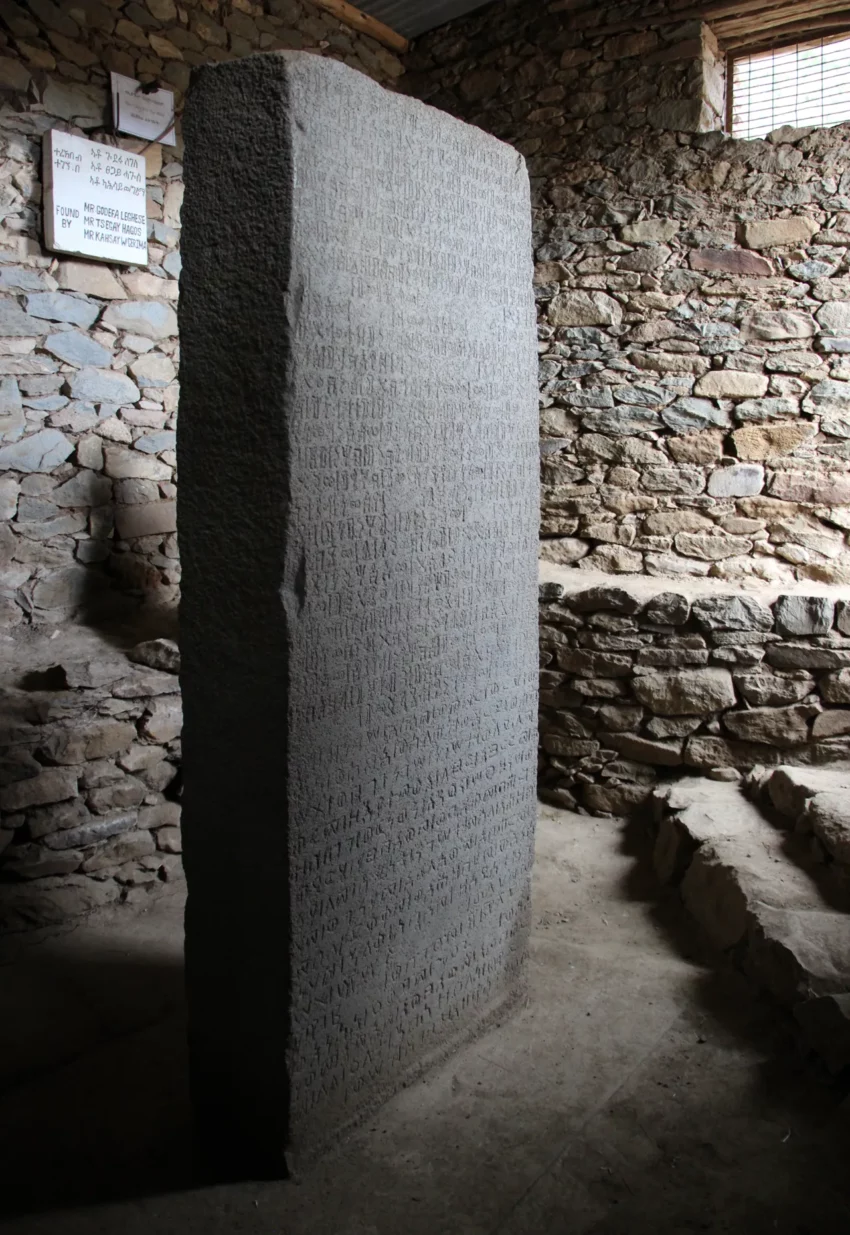The Ezana Stone: A Testament to Ethiopia’s Ancient Christian Heritage
In modern-day Axum, Ethiopia, the Ezana Stone stands as a remarkable artifact from the ancient Kingdom of Aksum. This stone monument, likely dating from the 4th century AD, records King Ezana’s conversion to Christianity and his conquests over neighboring regions, including Meroë.
Get your dose of History via Email
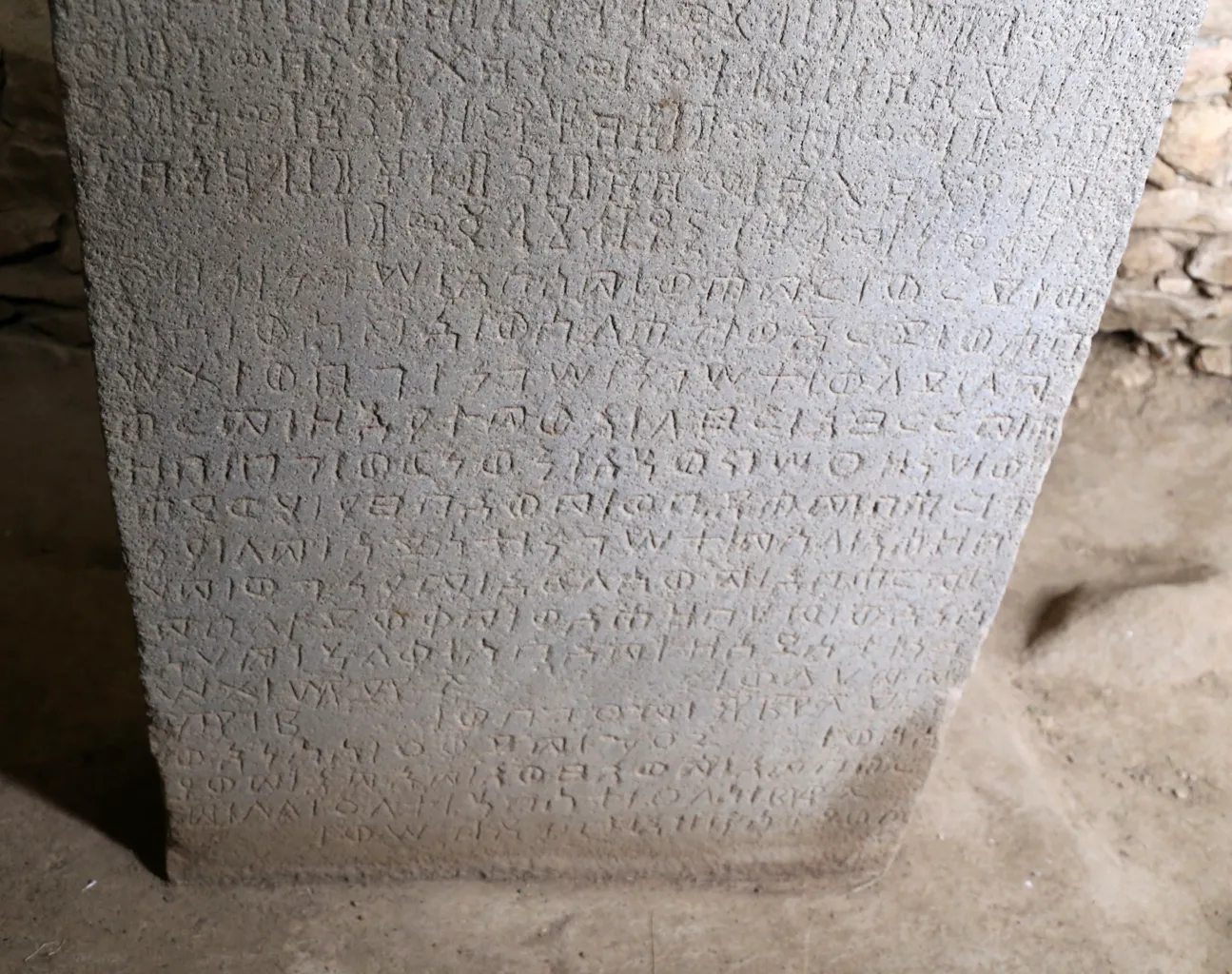
Historical Context
King Ezana ruled the Kingdom of Aksum from AD 330 to 356, during a transformative period for the region. His reign saw the spread of Christianity and significant military victories, particularly against the Nubians. The Ezana Stone commemorates these achievements with inscriptions in multiple languages: Ge’ez, Sabaean, and Greek. These trilingual inscriptions draw comparisons to the famous Rosetta Stone.
The Conversion to Christianity
Ezana’s conversion to Christianity marked a pivotal moment in Ethiopian history. According to Rufinus’s “Ecclesiastical History,” Saint Frumentius, a freed slave who tutored the young King, played a crucial role in converting Ezana. This period also saw the early development of the Ethiopian Orthodox Tewahedo Church. The inscriptions on the Ezana Stone reflect Ezana’s faith and his dedication to spreading Christianity.
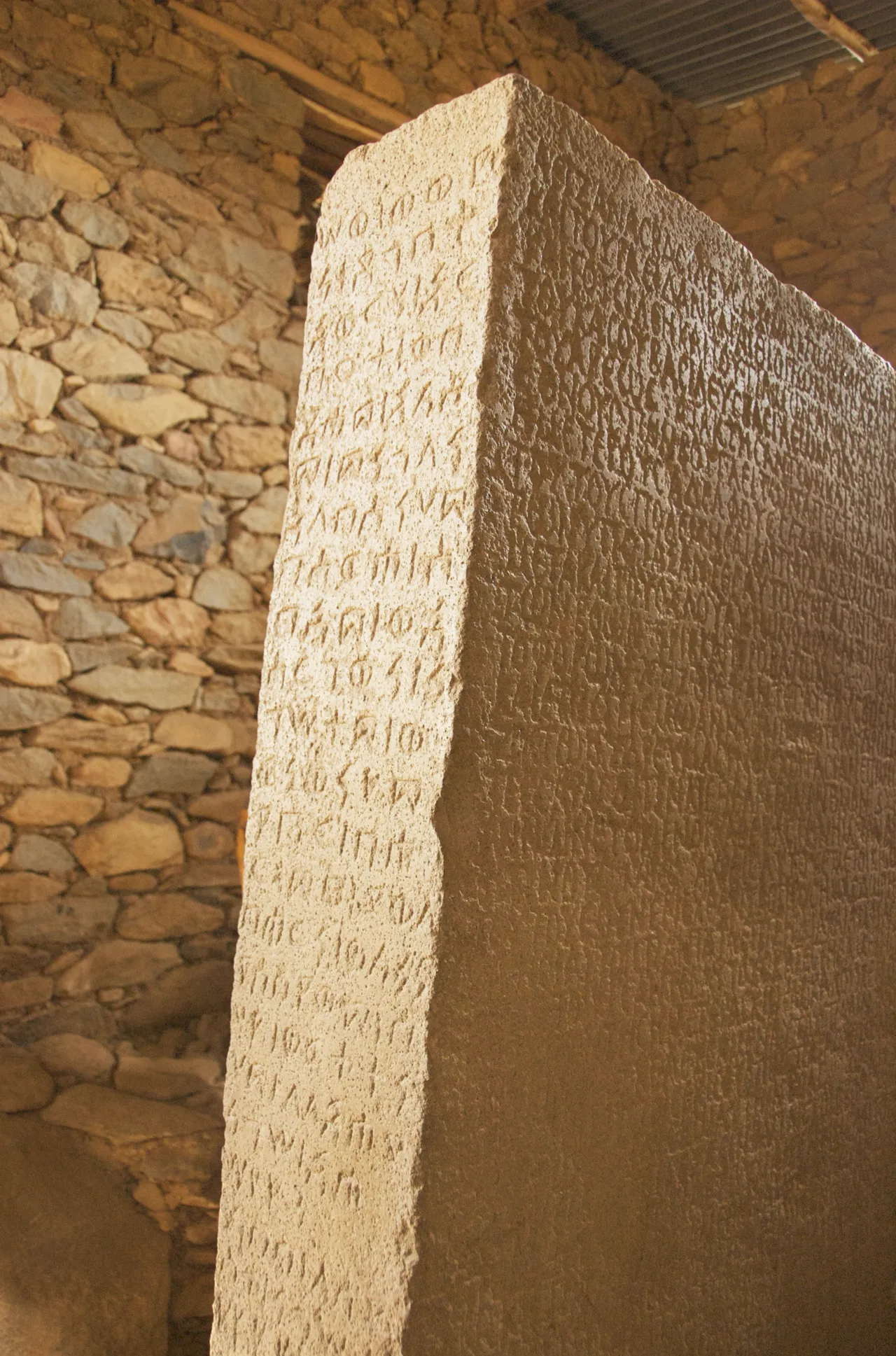
The Inscriptions
The inscriptions on the Ezana Stone provide detailed accounts of Ezana’s campaigns and his dedication to his new faith.
Greek Translation
The Greek text on the stone reads:
“Ezana, son of Ella Amida, king of the Aksumites, the Himyarites, Raeidan, the Ethiopians, the Sabaeans, Silei (Salhen), Tiyamo, the Beja, and Kasou, king of kings, son of the unconquered god Ares. Since the people of the Beja rose up, we sent our brothers Saiazana and Adefan to fight them. When these had taken arms against the enemy, they made them submit and brought them to us with their dependents, with 3112 head of cattle, 6224 sheep, and beasts of burden.”
This passage highlights Ezana’s military prowess and his provision for the conquered people. It also underscores his respect for the gods, dedicating the stele to Heaven, Earth, and Ares.
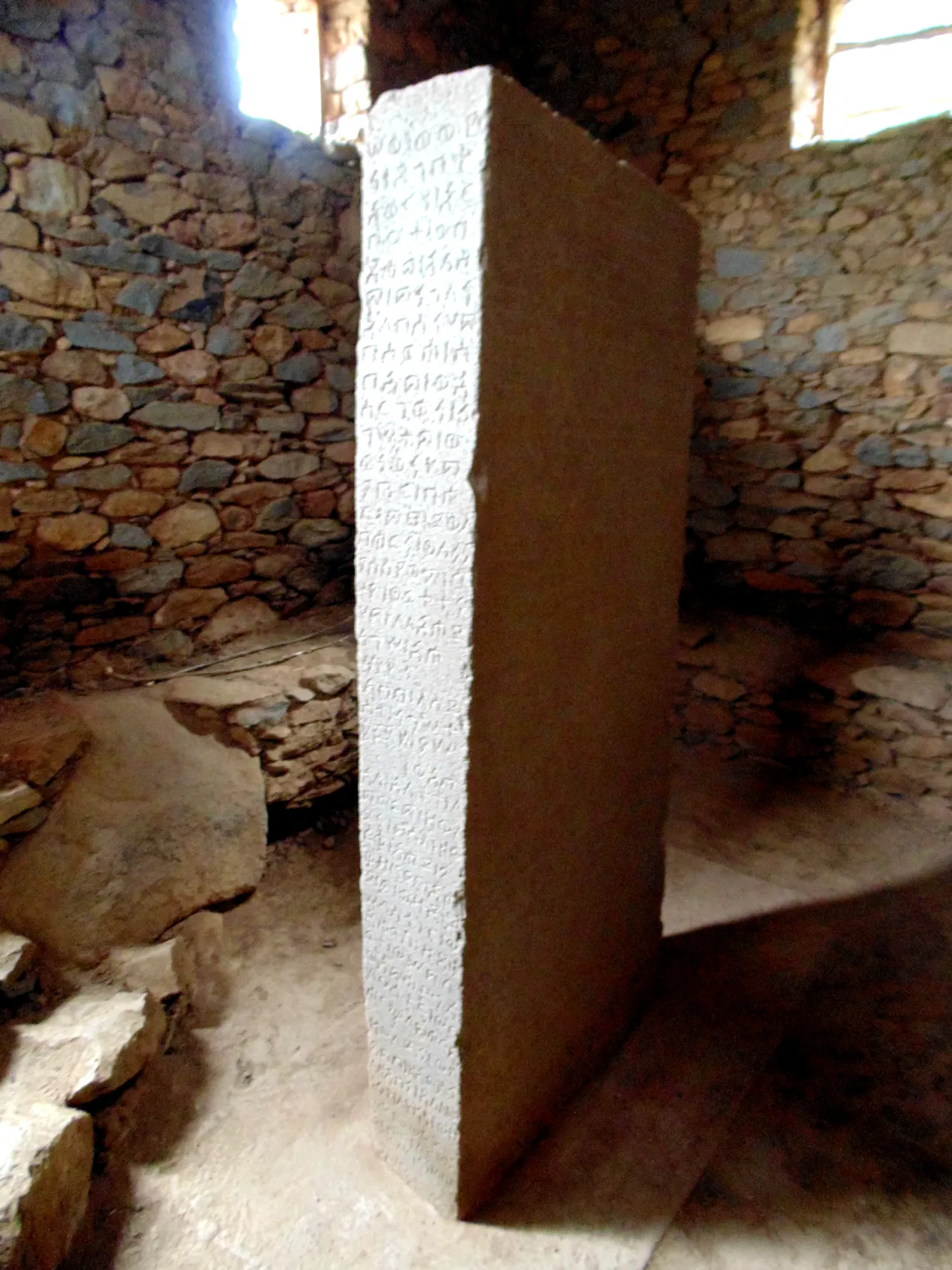
Ge’ez Translation
The Ge’ez inscription praises the might of the Lord:
“By the might of the Lord of Heaven who in the sky and on earth holds power over all beings, Ezana, son of Ella Amida, Bisi Halen, king of Aksum, Himyar, Raydan, Saba, Salhin, Tsiyamo, Beja, and of Kasu, king of kings, son of Ella Amida, never defeated by the enemy.”
The Ge’ez text continues to describe Ezana’s campaign against the Noba, detailing the battles, conquests, and the spoils taken. The inscription illustrates Ezana’s reliance on divine support and his commitment to justice and equity in his rule.
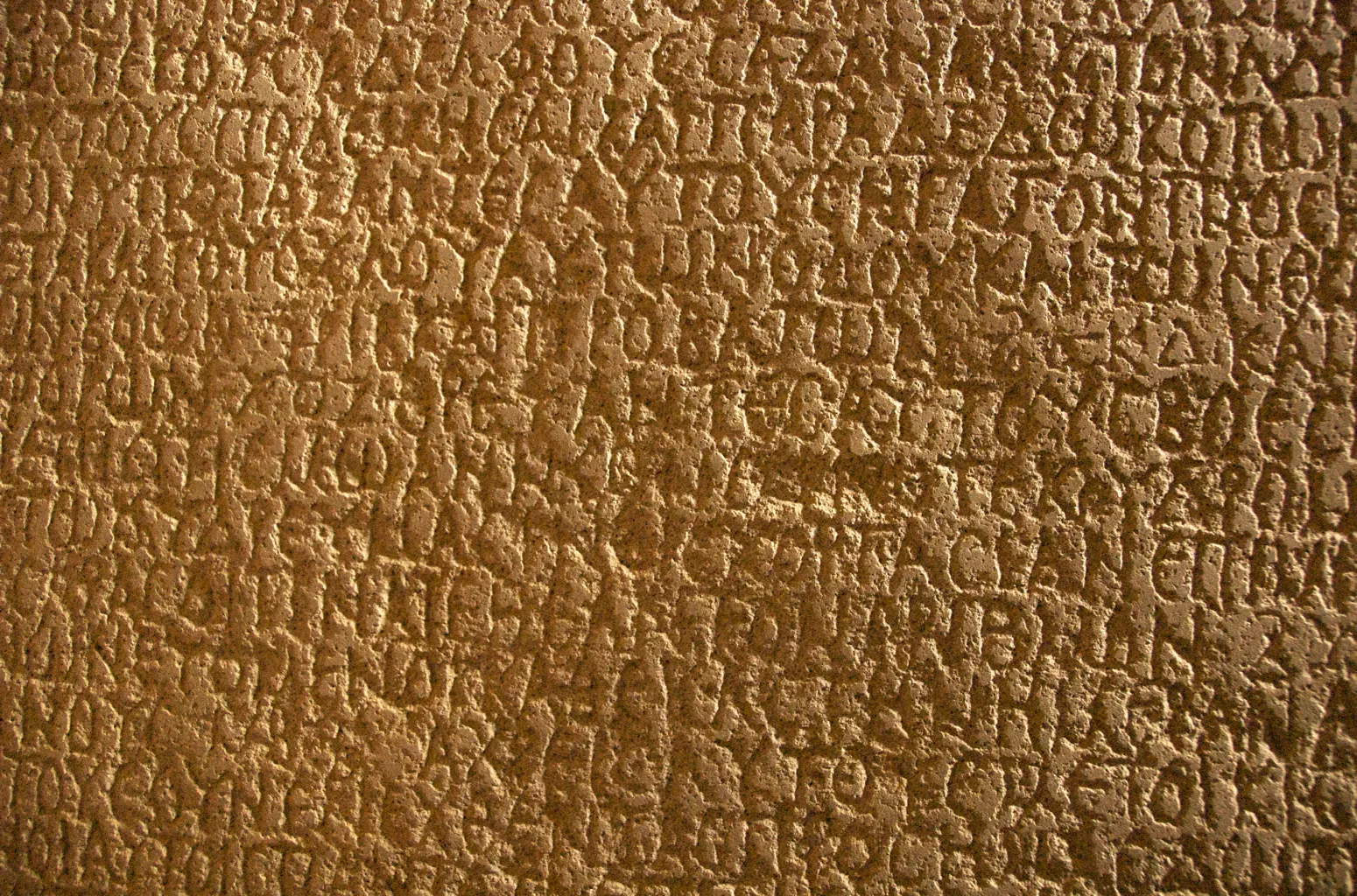
Sabaean Translation
The Sabaean inscription mirrors the themes of divine support and military success:
“By the power of the Lord and by the grace of Jesus Christ, the son of the Lord, the victorious, in whom I believe, who has given me a strong kingdom by which I dominate my enemies and trample underfoot the head of my adversaries.”
This passage emphasizes Ezana’s faith in Christ and his divine mandate to rule and conquer. It also mentions the establishment of a church in Himyar, signifying the spread of Christianity under his reign.
Legacy and Significance
The Ezana Stone remains a significant relic of Ethiopia’s ancient history. It not only commemorates King Ezana’s military victories but also marks the official adoption of Christianity in the Kingdom of Aksum. The trilingual inscriptions provide invaluable insights into the religious and political landscape of the time.
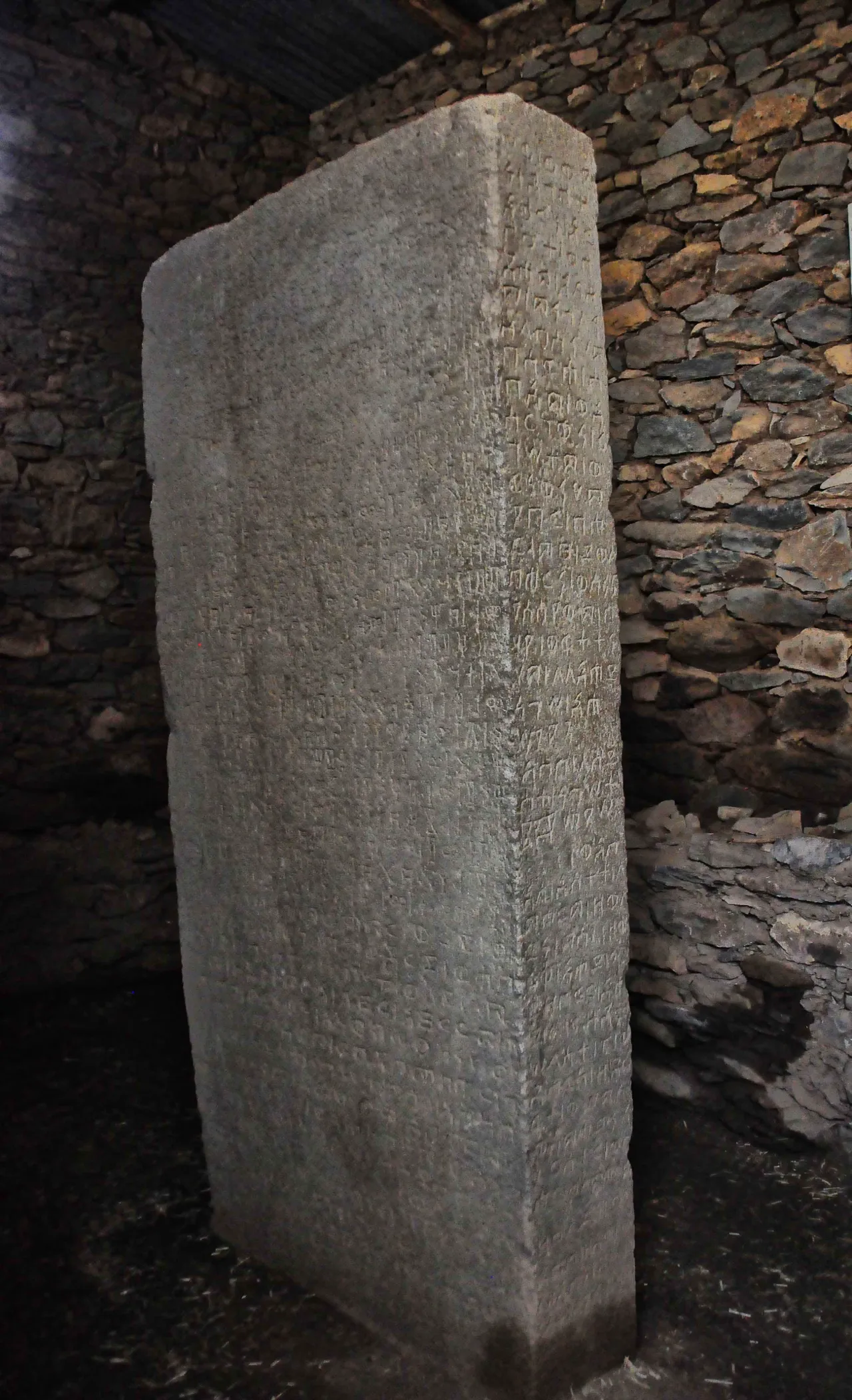
Conclusion
The Ezana Stone stands as a powerful testament to the ancient Kingdom of Aksum’s history, culture, and faith. It reflects a period of transformation and conquest, immortalizing King Ezana’s legacy and his pivotal role in establishing Christianity in Ethiopia.
Sources:

